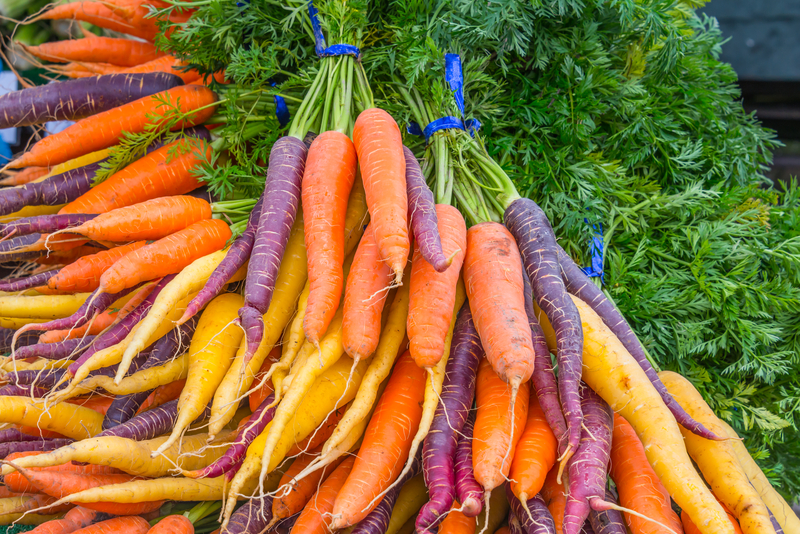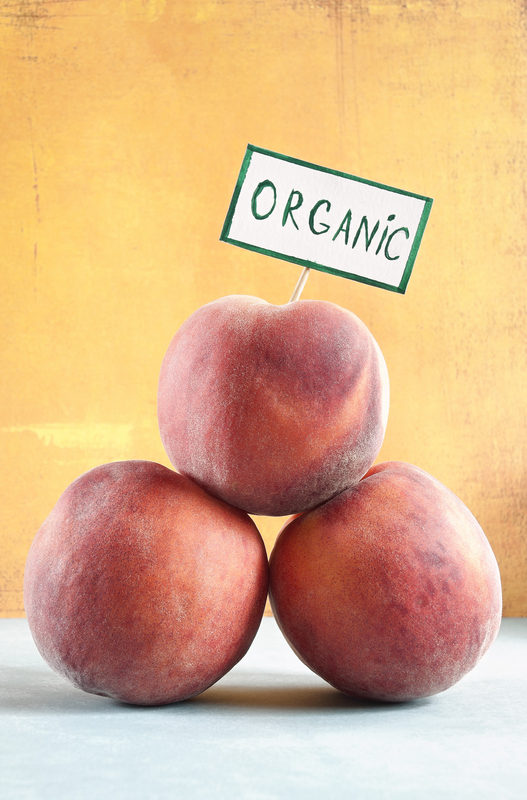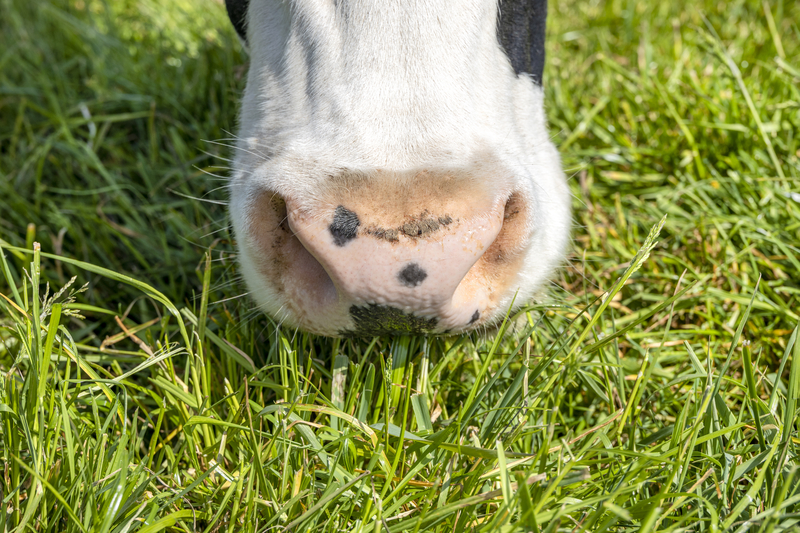Want foods that taste better, have more nutrients, and befriend the environment? Well, duh. When possible, it is best to choose organic, wild-caught, and grass-fed foods. Your body, in utero baby, and mother earth will be much obliged.

organic fruits and vegetables
Organic fruits and vegetables significantly reduce exposure to toxic pesticides. Pesticides remain even after conventional (not organic) produce is washed, so choose organic when possible.
Long-term studies show that pesticide exposure during pregnancy has irreversible and significant negative impacts on baby: it lowers IQ, disrupts neurobehavioral development, and increases ADHD (Attention Deficit Hyperactivity Disorder) diagnoses. Organic produce also reduces exposure to GMOs (Genetically Modified Organism) which are suspected, but not proven, to pose health risks.
It’s alarming. I know. Deep breath. I want you to find comfort in knowing that every time you are able to choose organic fruits and vegetables, you will be making a positive impact. Well done!

Pay attention to the annual list of the “Dirty Dozen” which ranks pesticide contamination in fruits and vegetables. Environmental Working Group publishes the list; they are an American organization dedicated to protecting human health. The list from 2022 found the foods below to be highest in contaminants, so the recommendation is to purchase organic for the following:
- Strawberries
- Spinach
- Kale, collard & mustard greens
- Nectarines
- Apples
- Grapes
- Bell & hot peppers
- Cherries
- Peaches
- Pears
- Celery
- Tomatoes
Wild-caught, organic, grass-fed
Choose wild-caught seafood, organic chicken, organic eggs, organic grass-fed beef, and organic grass-fed dairy when possible. They provide more nutrients, taste better, and help reduce exposure to growth hormones and antibiotics for both you and in utero baby.
Wild-caught seafood is typically healthier because the fish and shellfish live and feed as nature intended, whereas farmed varieties have been known to contain higher levels of bacteria, pesticides, antibiotics, and parasites.
Organic chicken is, by law, free-range and is also free from a host of issues compared to conventional (not organic) chicken, which can be full of antibiotics and harmful bacteria. Organic chicken was found in one study to contain 38 percent more omega-3 fatty acids, which are extremely valuable in boosting baby brain brilliance.

Organic eggs boast two times the omega-3s, three times more vitamin E, seven times more beta carotene, two-thirds more vitamin A, and significantly more (three to six times more) vitamin D than conventional eggs according to one study. Note: the terms free-range and cage-free are labeling tricks. Free-range means a door is open that a chicken may or may not wander through. Cage-free translates to cramped living conditions with no outdoor time. When you buy organic eggs, you are getting what you pay for because organic chickens, by law, must have time outdoors to move freely and graze.

Organic grass-fed beef has more vitamin A and vitamin E, and significantly more CLA (Conjugated Linoleic Acid) than conventional beef. Organic grass-fed beef also has a healthy omega-6 to omega-3 ratio. Vitamin A, vitamin E, CLA, and a healthy omega-6 to omega-3 ratio are all extremely important for brain health. Also, organic grass-fed beef has far fewer bacterial issues such as dangerous E. coli bacteria and antibiotic-resistant bacteria.
A quick FYI about the omega-6 to omega-3 ratio – ideally it should be between 1:1 to 4:1, but most Americans have a ratio between 12:1 to 25:1, which is dangerously unhealthy. The best way to reduce omega-6 in your diet is to avoid processed foods and these oils: sunflower, corn, soybean, and cottonseed. Oils that are relatively low in omega-6 fats (a good thing) are coconut oil, palm oil, and olive oil.
Noteworthy: animal agriculture and the growing of crops for feed-grain are responsible for significant environmental damage. Consider reducing or eliminating your intake of animal-based foods.
Organic grass-fed dairy has a richer quantity of brain-building fats like omega-3 fats and CLA than conventional dairy.
Budget for Organic
The cost of eating organic can be challenging. To make it more budget-friendly, research the best deals and then plan your meals and purchases around those lower-cost items. Consider purchasing frozen organic produce, which is often more affordable. Plus frozen lets you press pause on nature to reap an extended shelf life and peak nutrition due to locking in freshness and ripeness.
Eating organic, wild-caught, and grass-fed is best, do what is reasonable and attainable for you… and feel proud of yourself as you fashion the future!

